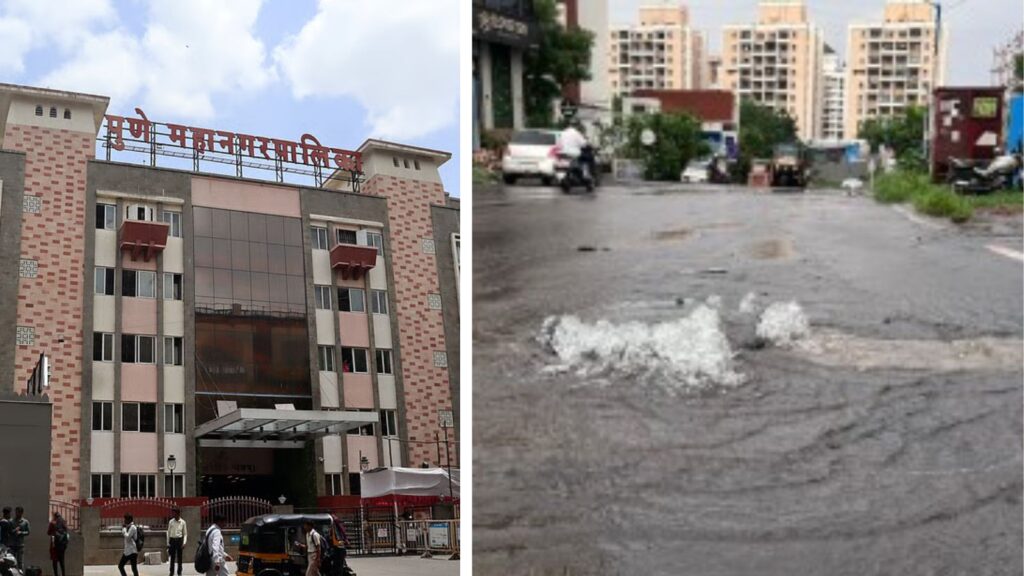Pune Identifies 73 New Flood-Prone Zones; ₹250 Crore Plan Proposed As Civic Body Steps Up Urban Flood Control

Pune Identifies 73 New Flood-Prone Zones; ₹250 Crore Plan Proposed As Civic Body Steps Up Urban Flood Control
Pune, June 17, 2025: In response to a significant surge in flood-prone areas, the Pune Municipal Corporation (PMC) has identified 73 new waterlogging zones this June alone raising alarm over growing urban flood vulnerability. Between 2023 and 2025, the number of such spots has increased sharply, prompting the civic body to step up control measures, formulate a comprehensive action plan, and seek ₹250 crore in funding to mitigate the crisis.
PMC has already submitted a Detailed Project Report (DPR) to address these challenges, with funding support expected under the National Disaster Management Plan (NDMP). Notably, Pune is one of only seven Indian cities to receive dedicated support under this initiative, with the National Disaster Management Authority (NDMA) allocating ₹50 crore over five years to enhance flood preparedness.
To support these efforts, PMC has established a newly equipped disaster management cell, featuring an integrated control room. This cell is designed to bring coordination among all municipal departments and ensure proactive, cross-departmental disaster preparedness.
According to Ganesh Sonune, Deputy Commissioner of PMC’s Disaster Management Department, “We’ve uploaded a detailed flood control plan on the PMC website for the upcoming monsoon. The roles of each officer have been clearly defined. The fire brigade has also been requested to share past emergency call records from the last two monsoons to help us pinpoint weak zones more effectively.”
Once limited to heavy dam discharge events, flooding in Pune has now become a regular occurrence, even after moderate rainfall of 35-40 mm, with knee-deep water accumulating in many neighborhoods some of which had no prior history of waterlogging.
Experts and local residents blame inadequate urban planning and poor maintenance of stormwater drainage systems for the crisis. Clogged nullahs, uncoordinated infrastructure development, and unchecked urbanisation are contributing factors, worsened by erratic and intense monsoon spells.
With monsoon intensifying, citizen safety, health risks, and infrastructure failure remain top concerns. PMC’s success in containing urban flooding will depend not just on funding, but on swift implementation, accountability, and sustainable planning.












